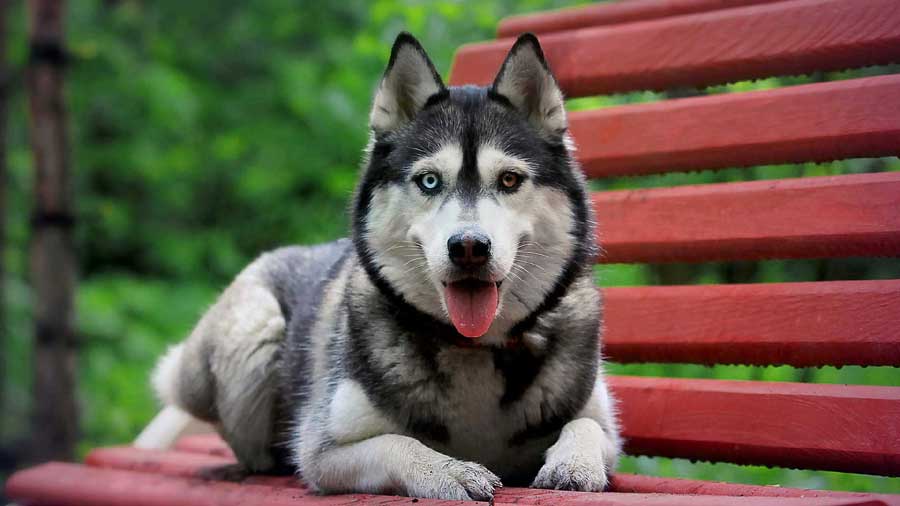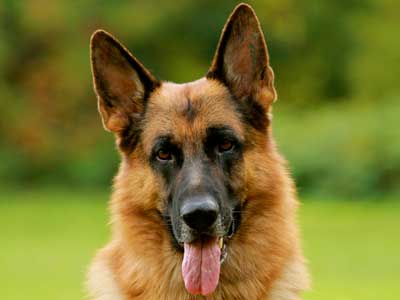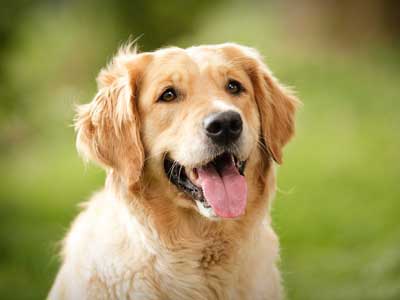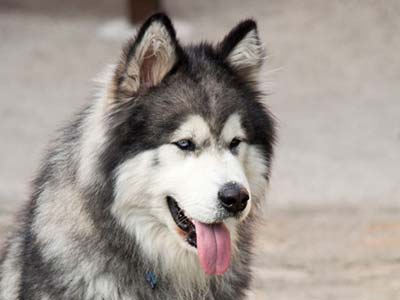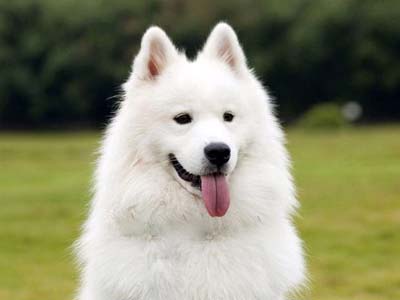Siberian Husky
Breed Information |
|
|---|---|
| Popularity |
2022: #21 2021: #19 2020: #16 2018: #15 2018: #14 2017: #12 2016: #12 2015: #12 |
| Name | Siberian Husky |
| Other names | Chukcha, Chuksha, Husky, Icee, Sibe |
| Origin |  Russia Russia |
| Breed Group |
Working (AKC:1930) Northern Breeds (UKC) |
| Size | Medium |
| Type | Purebred |
| Life span | 12-14 years |
| Temperament |
Alert Friendly Gentle Intelligent Outgoing |
| Height |
Male: 21–24 inches (53–61 cm) Female: 20–22 inches (51–56 cm) |
| Weight |
Male: 45–60 pounds (20–27 kg) Female: 35–50 pounds (16–23 kg) |
| Colors |
Agouti & White Black & White Gray & White Red & White Sable & White White |
| Litter Size | 4-8 puppies |
| Puppy Prices |
Average $600 - $1300 USD Usually, the average cost of purchasing a pet quality puppy from a reputable breeder is about $600 to $1,300. However, for a Siberian Husky puppy with top breed lines and a superior pedigree, you may need to pay between $2,500 and $5,000. |
Breed Characteristics |
|
|---|---|
| Adaptability |
5 stars |
| Apartment Friendly |
2 stars They are not usually recommended for apartments, however they can live in apartments if well trained and properly exercised. Siberian Huskies are very active indoors and do best with a fenced-in large yard. Because of their heavy coats, these dogs prefer cool climates. One has to use common sense with respect to maintaining them in the heat by providing adequate shade and air conditioning. This breed prefers to live in packs. |
| Barking Tendencies |
3 stars Occassional |
| Cat Friendly |
1 stars |
| Child Friendly |
4 stars Good with Kids: This is a suitable breed for kids and is known to be playful, energetic, and affectionate around them. |
| Dog Friendly |
5 stars |
| Exercise Needs |
4 stars Siberian Huskies need a fair amount of exercise, including a daily walk or jog, but should not be excessively exercised in warm weather. They need a large yard with a high fence, but bury the wire at the base of the fence because they are likely to dig their way out and go off hunting. |
| Grooming |
3 stars Moderate Maintenance: Siberian Huskies require weekly grooming with a brush and comb, particularly on the rear legs, more often when shedding. |
| Health Issues |
3 stars Hypoallergenic: No |
| Intelligence |
4 stars Ranking: #45 Full Ranking List |
| Playfulness |
4 stars |
| Shedding Level |
4 stars Moderate Shedding: Expect this dog to shed regularly. Be prepared to vacuum often. Brushing will reduce shedding as well as make the coat softer and cleaner. |
| Stranger Friendly |
3 stars |
| Trainability |
2 stars The Siberian Husky will only obey commands that make sense to it. It is very independent-minded, so handlers need to have considerable patience and a good understanding of the Siberian Husky’s nature. |
| Watchdog Ability |
1 stars |
Siberian Husky Names |
||
|---|---|---|
| Rank | Boy Names | Girl Names |
| 01 | Toby | Chloe |
| 02 | Cooper | Daisy |
| 03 | Bear | Luna |
| 04 | Tucker | Molly |
| 05 | Buddy | Zoey |
| 06 | Teddy | Coco |
| 07 | Riley | Penny |
| 08 | Milo | Gracie |
| 09 | Buster | Katie |
| 10 | Leo | Sasha |
| 100 Cute Puppy Names › | ||
Overview |
|---|
|
The Siberian Husky combines power, speed and endurance, enabling it to carry a light load at moderate speed over a great distance. It is moderately compact, slightly longer than it is tall, and of definite Northern heritage. It is quick and light on its feet, with a smooth and effortless stride exhibiting both good reach and drive. It has a double coat of medium length, with a soft, dense undercoat and a straight, somewhat flat-lying outer coat. Its expression is keen but friendly, interested and even mischievous. Fun-loving, adventurous, alert, independent, clever, stubborn, mischievous and obstinate — all describe the Siberian husky. This breed loves to run and will roam if given the chance. It may be aggressive toward strange dogs, but it is generally good with other household dogs. In fact, it is a very social dog that must have human or canine companionship. It may chase strange cats or livestock. Some howl, dig and chew. |
History |
|
The Siberian Husky (also known as the ‘Chukcha’, ‘Keshia’, or ‘Arctic Husky’) originated as a sled dog for the Chukchi tribe of Eastern Siberia (in northern Russia) several thousand years ago. It was imported to Alaska in the early 20th century during the Alaskan gold rush. The Siberian Husky attracted attention when it completely dominated native breeds in the 400 mile ‘All-alaska Sweepstakes’ race from Nome to Candle in 1910, the second year in which it competed. It gained further prominence in 1925 when a gold miner named Leonhard Seppala used a now-famous team of Siberian Huskies to make an urgent delivery of diphtheria serum to Nome, saving thousands of lives. This delivery became known as the ‘Great Race of Mercy’ and attracted much attention to the Siberian Husky. A statue honoring Seppala’s team stands today in Central Park. In 1930, Russia allowed the last group of Siberian Huskies to be exported from Siberia; the breed was recognized by the American Kennel Club that same year. Most Siberian Huskies today descend from the 1930 exports and Leonhard Seppala’s team. Today the Siberian Husky is one of the most popular northern breeds, serving as a pet, sled racing dog, and show dog. |
References
- [1] ^ YouTube: 10 Things You Didn’t Know About the Siberian Husky
- [2] ^ YouTube: German Shepherd VS Siberian Husky
